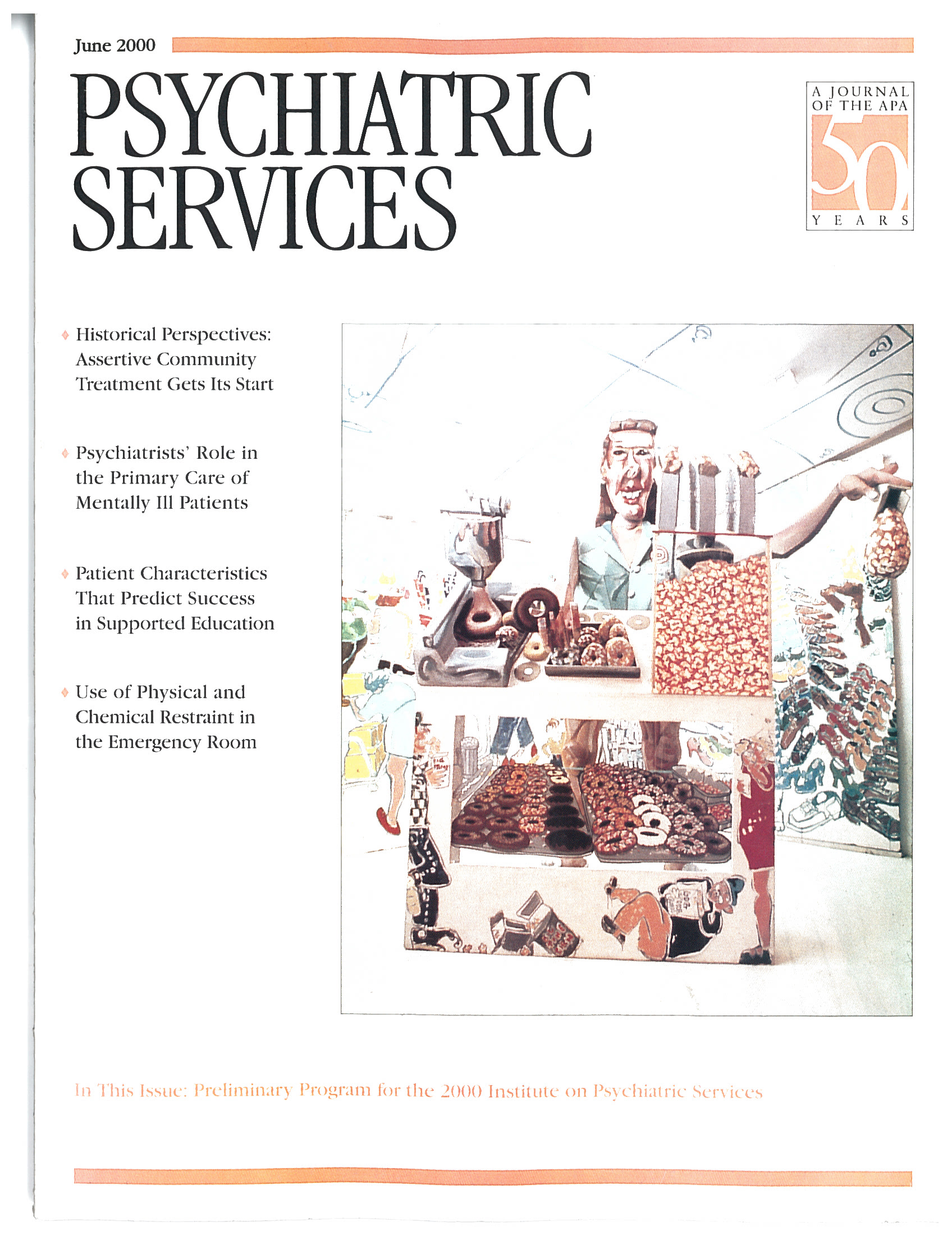Race and Inpatient Psychiatric Diagnoses Among Elderly Veterans
Abstract
OBJECTIVE: Limited data exist on differential rates of psychiatric diagnoses between ethnocultural groups in the elderly population. The purpose of this study was to examine more closely the issue of race and rates of psychiatric diagnoses among elderly inpatients. METHODS: The national sample included 23,758 veterans age 60 or over admitted in 1994 to acute inpatient units in Department of Veterans Affairs (VA) hospitals. Psychiatric diagnosis determined inclusion in one of six diagnostic groups: cognitive, mood, psychotic, substance use, anxiety, and other disorders. The study also assessed rates of psychiatric diagnoses among patients admitted to psychiatric units only and by age group and treatment setting, such as the size of the hospital and whether it had an academic affiliation. RESULTS: Compared with elderly Hispanic and Caucasian patients, a significantly higher proportion of elderly African-American patients were diagnosed as having cognitive disorders and substance use disorders, and a significantly lower proportion were diagnosed as having mood and anxiety disorders. Hispanic and African-American patients had significantly higher rates of psychotic diagnoses than Caucasian patients. For all diagnoses except cognitive disorders, these differential rates were also found among patients admitted to psychiatric units only. Age and treatment setting appeared to moderate some of the differences in diagnostic rates, except for mood disorders. In every analysis performed, the rate of mood disorder diagnoses among elderly African-American patients was less than half the rate among elderly Caucasian patients. CONCLUSIONS: The findings suggest that elderly African-American veterans admitted to VA inpatient units have strikingly lower rates of mood disorder diagnoses. Future studies should examine the contribution of both patient and provider factors to these differences.



